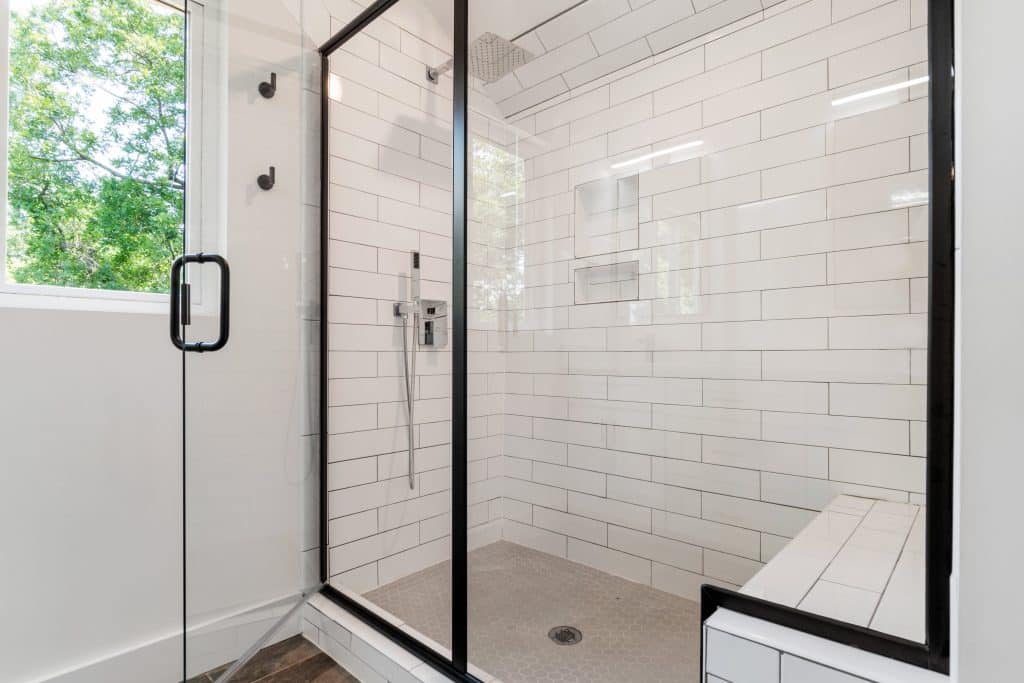Bathroom tiles tell stories of water battles and time. They crack, stain, and lose their shine after years of hot showers and cleaning products. Crumbling grout lines often appear first, with small fragments falling away when touched. These gaps between tiles become perfect homes for mould and mildew, which can affect your health and the bathroom's structure.
Water damage signs include discoloured patches on walls or floors, a musty smell, or tiles that sound hollow when tapped. These symptoms suggest moisture has penetrated beneath the surface. According to The Grout Guy, early detection of these issues can save you thousands in potential repairs. Pay attention to tiles that have shifted or become loose, as this indicates adhesive failure that simple regrouting cannot fix.
Saving Your Bathroom: How to Determine if Regrouting Will Suffice or Retiling is Necessary
May 12

When Regrouting Will Save Your Bathroom
Regrouting works best when your tiles remain in good condition but the grout shows signs of age or mould growth. The process involves removing old grout and applying fresh material to create a waterproof seal. This option costs less than complete retiling and can add years to your bathroom's life.
For bathrooms with cosmetic grout issues—discolouration, minor cracking, or surface mould—regrouting provides a practical solution. If water hasn't damaged the substrate behind the tiles and the tiles themselves remain firmly attached, regrouting typically solves the problem. A professional can complete this work in one or two days, making it a convenient option for busy households.
Signs That Retiling Is Necessary
Some bathroom issues demand more than new grout. Cracked tiles that allow water to penetrate the subflooring create serious structural problems. When multiple tiles have loosened or fallen off, the underlying water damage has likely progressed too far for simple repairs. Retiling becomes necessary when you notice soft spots in the floor, warped walls, or persistent musty smells despite cleaning efforts.
Outdated tiles that cannot be matched for spot replacements often require complete renewal. Bathrooms built before the 1980s may contain materials now known to be hazardous, justifying full replacement. If your tiles feel hollow when tapped or show signs of movement when pressed, the adhesive has likely failed. This condition creates perfect conditions for water damage to spread throughout the bathroom structure, potentially affecting adjacent rooms or the level below.
The Cost-Benefit Analysis: Regrouting vs. Retiling
Regrouting typically costs between £20-£35 per square metre, while retiling ranges from £60-£100 per square metre plus removal costs. This price gap makes regrouting attractive for bathrooms with sound tiles. However, applying new grout to a bathroom with compromised tiles merely conceals problems temporarily, potentially leading to larger expenses later.
The time factor also deserves consideration. Regrouting projects usually finish within 1-2 days, allowing quick bathroom access. Complete retiling projects can take 1-2 weeks, creating significant household disruption. However, new tiles last 15-20 years with proper maintenance, while regrouting may need renewal every 5-8 years. When calculating true costs, factor in the disruption, longevity, and potential for hidden damage that might emerge during more extensive work. Some homeowners choose to regrout as a temporary measure while saving for complete bathroom renovation.
Making the Right Decision for Your Bathroom
Trust your senses when evaluating bathroom condition. Strange smells, visible tile movement, or spreading stains suggest water has penetrated beyond the surface, making retiling the wiser choice. For isolated issues with intact tiles, regrouting offers a cost-effective solution. Consider your long-term plans for the property—regrouting makes sense for temporary fixes, while retiling adds value for those planning to stay or sell.
Seek multiple professional opinions before deciding. Reputable contractors provide detailed assessments explaining why they recommend specific solutions. They examine not just visible surfaces but also check for structural damage behind and beneath tiles. The right decision balances immediate budget constraints with long-term bathroom durability. Remember that water damage extends beyond aesthetics—it affects structural integrity and family health through mould growth and compromised surfaces. Making informed choices today prevents more costly interventions tomorrow.
